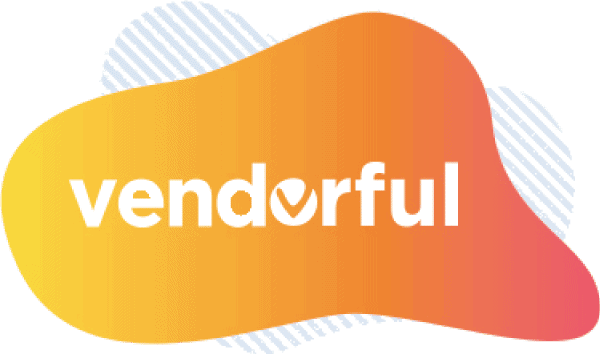Introduction to ChatGPT for Procurement
If you’ve found this post, you’ve probably heard of ChatGPG. You’re also probably wondering about how you can use ChatGPT for procurement! In recent months, generative Artificial Intelligence (AI) tools, especially ChatGPT, have gained immense popularity in various industries, including procurement and supply chain. These revolutionary technologies promise enhanced efficiency, reduced costs, and the potential to change the dynamics of traditional processes.
Generative AI tools are a powerful addition to the procurement AI toolkit. This blog post explores the capabilities of ChatGPT, its functionalities, benefits, limitations, and guidelines for its responsible use.
Understanding ChatGPT
ChatGPT, an AI tool introduced by OpenAI, has garnered attention due to its capability to provide human-like responses to complex questions. Its underlying training mechanism, Reinforcement Learning with Human Feedback (RLHF), aids in understanding and responding to human queries more accurately. This quality has made it a go-to tool in numerous fields, where it’s viewed as a game-changer. In January 2023, just two months after its launch, ChatGPT had already amassed 100 million active users, growing faster than notable apps like TikTok.
Functionality and Mechanism of ChatGPT
ChatGPT is an advanced version of its predecessor, GPT-3. As a language model, it generates text in a wide range of styles with improved detail, precision, and coherence. The training of these models primarily involves predicting the sequencing of words, following techniques like next-token-prediction or masked-language modeling. Supervised learning and reinforcement learning are combined to improve ChatGPT, with RLHF playing a crucial role in refining its outputs by learning from human feedback.
Benefits and Applications of ChatGPT in Procurement
With the ability to automate routine tasks, generate data-driven insights, and foster collaboration, ChatGPT offers promising prospects. Here are seven applications of ChatGPT for procurement:
- Rapid Research and Sourcing Suppliers
- Testing Procurement Efficiencies and Contract Management
- Decision Support
- Predictive Analytics for Procurement Planning and Market Analysis
- Supplier Communication and Supplier Performance Tracking
- Automating Purchase Order Creation and Quote Generation
- Answering Procurement-Related Questions
Let’s take a closer look at each of these uses of ChatGPT in procurement:
- Rapid Research and Sourcing Suppliers: ChatGPT can analyze vast amounts of supplier data and provide insights on market trends, identifying potential suppliers based on their industry, location, or offerings.
- Testing Procurement Efficiencies and Contract Management: Generative AI tools can aid in managing contracts, handling supplier disputes, and preparing drafts of RFPs, SOWs, and other documents.
- Decision Support: ChatGPT can analyze supply chain inventory, assess risk levels, and provide support in supplier risk monitoring.
- Predictive Analytics for Procurement Planning and Market Analysis: By analyzing historical data, ChatGPT can make data-driven forecasts, help in demand anticipation, and provide insights on pricing and potential risks.
- Supplier Communication and Supplier Performance Tracking: ChatGPT can facilitate supplier communication, track supplier performance, and foster continuous improvement.
- Automating Purchase Order Creation and Quote Generation: ChatGPT can simplify the purchase order creation process, and provide templates for quotations, accelerating procurement tasks.
- Answering Procurement-Related Questions: ChatGPT can respond to a wide range of procurement-related queries, from definitions of terms to explaining processes.
Limitations and Risks of ChatGPT in Procurement
While ChatGPT offers numerous benefits, it comes with its share of limitations and risks. The answers it generates may not always be accurate, requiring users to validate the information. Additionally, ChatGPT, still in its developmental stage, can occasionally lack depth and insight in its generated content. Therefore, users should approach its outputs with caution, especially when used for decision-making.
Safeguards and Protocols for Responsible Procurement Use of ChatGPT
To mitigate the risks associated with AI tools, it’s essential to establish protocols for their responsible use. These protocols can include validation steps, IP protection measures, and guidelines distinguishing between decision support and decision-making. These practices can ensure ChatGPT becomes a reliable ally for procurement professionals.
Conclusion
The potential of ChatGPT for procurement is enormous. Despite its limitations, with responsible use and appropriate control measures, it can revolutionize procurement processes. As it continues to evolve and learn, procurement professionals can look forward to even more sophisticated capabilities from this innovative tool and its competitors.
